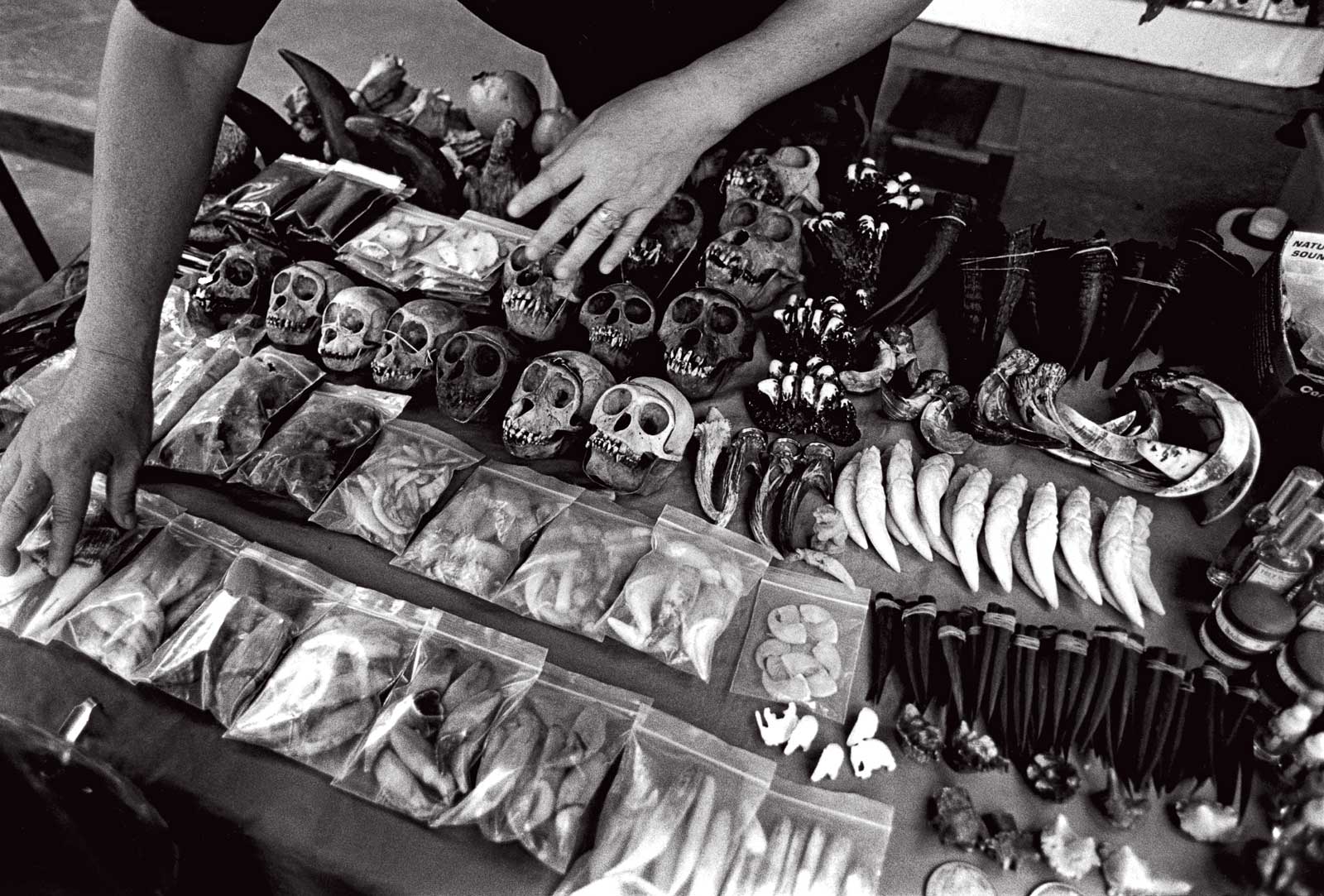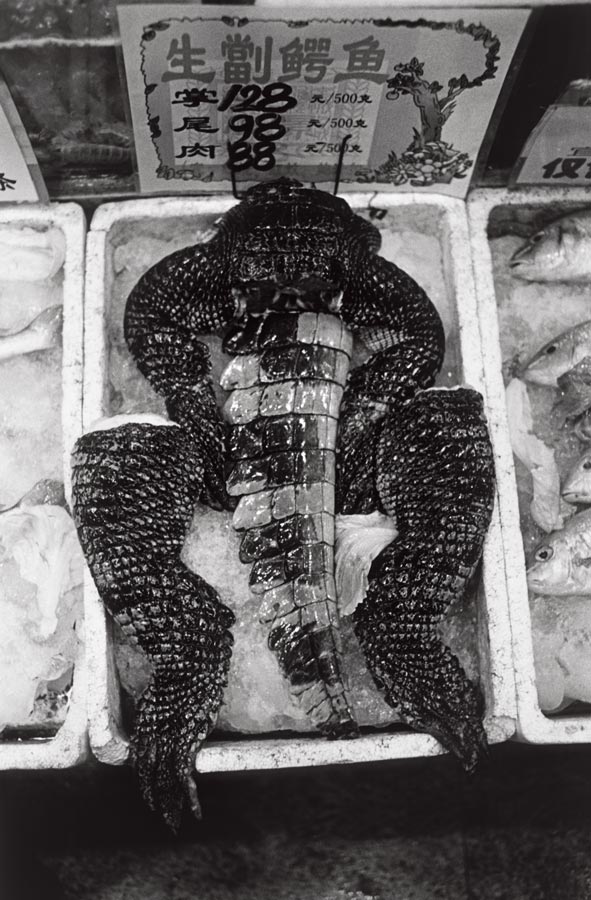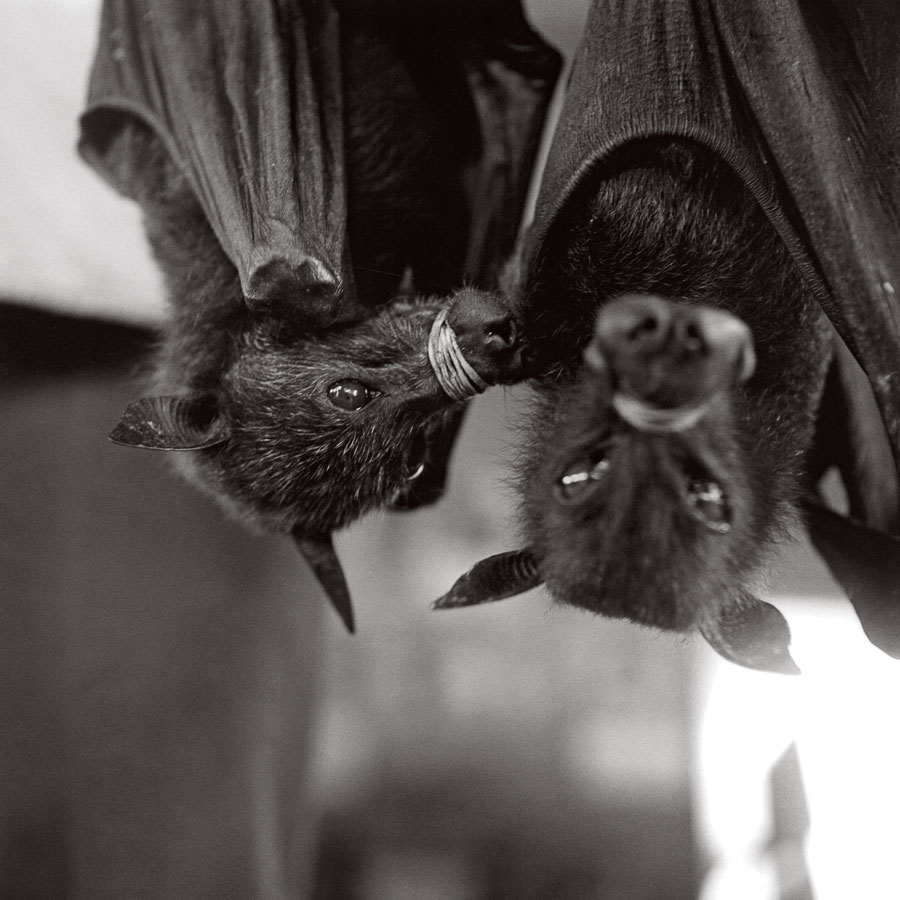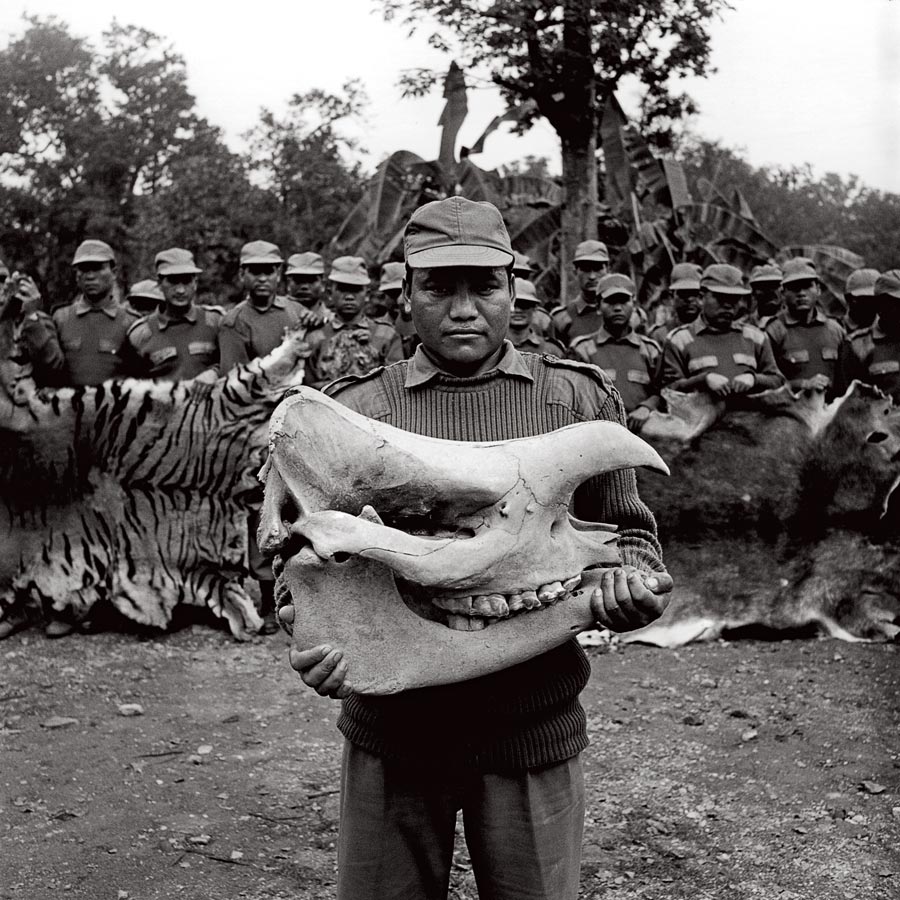Day by day, hour by hour, our planet’s rarest creatures are being hunted, trapped and slaughtered to feed a global black market in wildlife products. Patrick Brown and I have been documenting the illegal endangered animal trade in Asia for more than ten years – covering its dealers, stockpiles, trafficking routes and markets. We have travelled across Asia to document the devastating impact of wildlife trafficking and the decade-long project will culminate with the publication of Trading to extinction later this year.



It is a shocking tale of cruelty, crime and human greed. As with drug trafficking, money fuels the animal trade. Its tentacles wrap around the world, from the remote forests of Asia to the trafficking hubs of Beijing, Bangkok, London, Tokyo and New York.
A poacher who kills a rhino and removes its horn in India gets $350. That same horn sells for $1,000 in a nearby market town. By the time it reaches Hong Kong, Beijing or the Middle East, one kilogram of horn is worth $95,600. Tiger bones are worth up to $700 per kilo.
This trade is flourishing, but the fightback has begun. An extraordinary worldwide movement is bringing people together in a bid to save our most endangered species before it is too late. Trading to Extinction will tell their stories.

The images will be accompanied by my personal introduction which takes the reader on a journey into the seedy world of the illegal wildlife trade, as well as efforts to stop it.
The funding received by Trading to Extinction will help to produce a campaigning tool and get copies of the book into the hands of people who can make a difference.
By raising awareness of the speed and ruthlessness with which our endangered species are vanishing, the issue can be confronted head on. It is a problem that needs the world’s urgent attention.
For more information, visit: www.emphas.is and www.panos.co.uk


